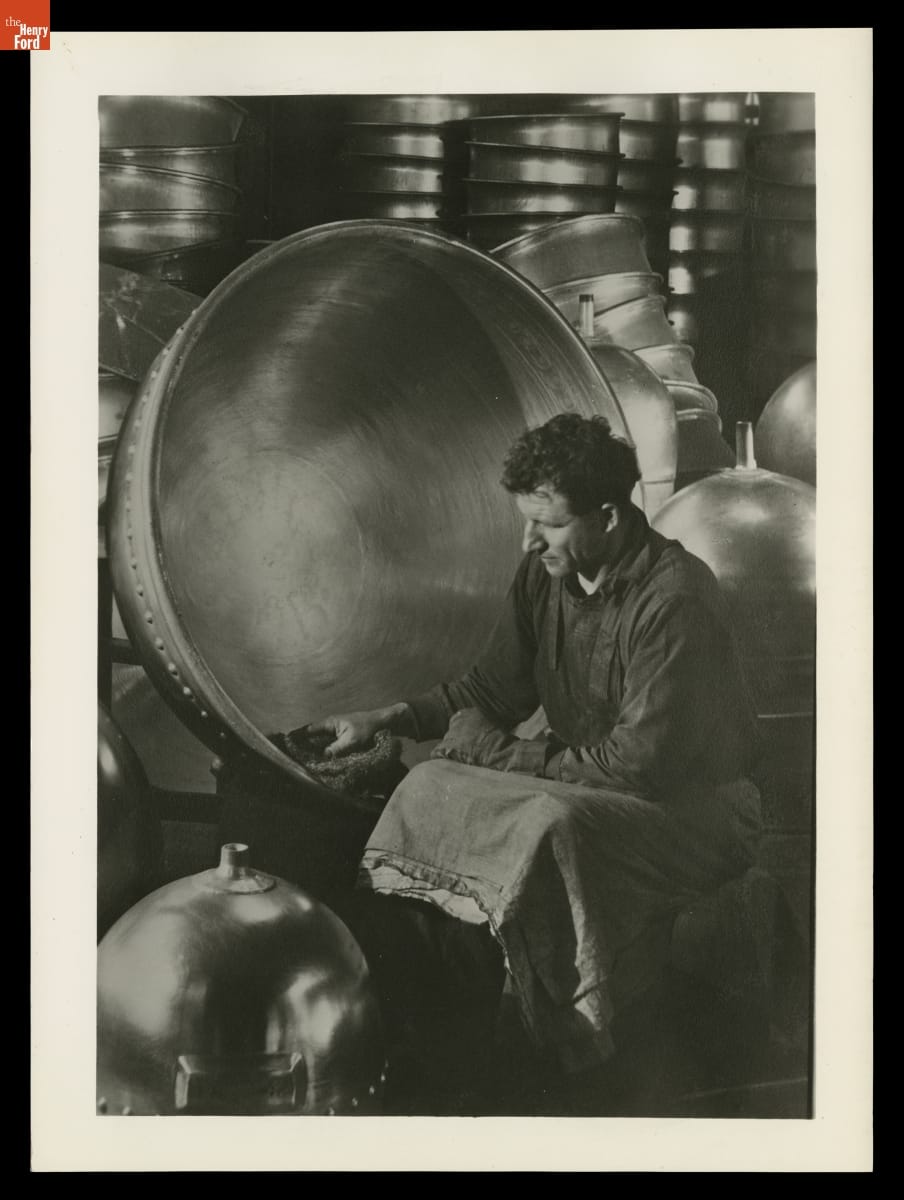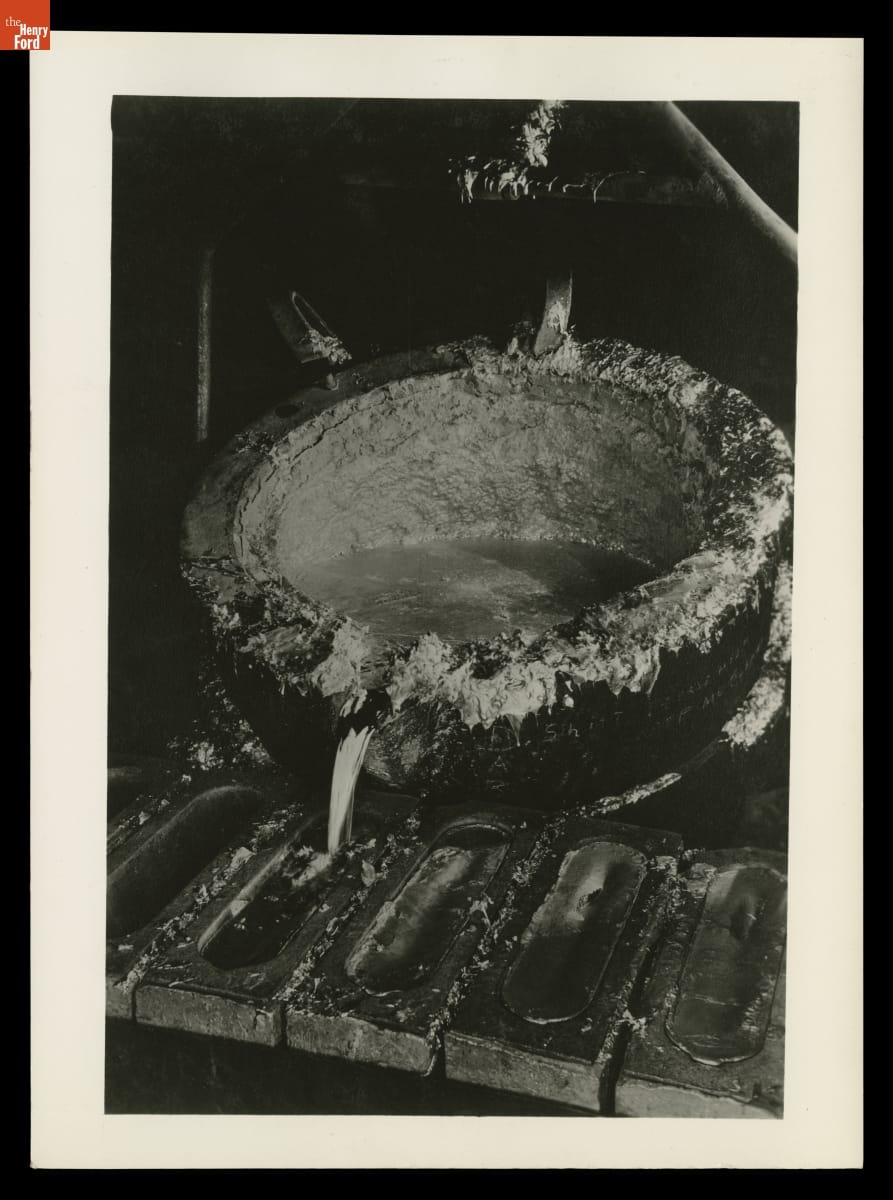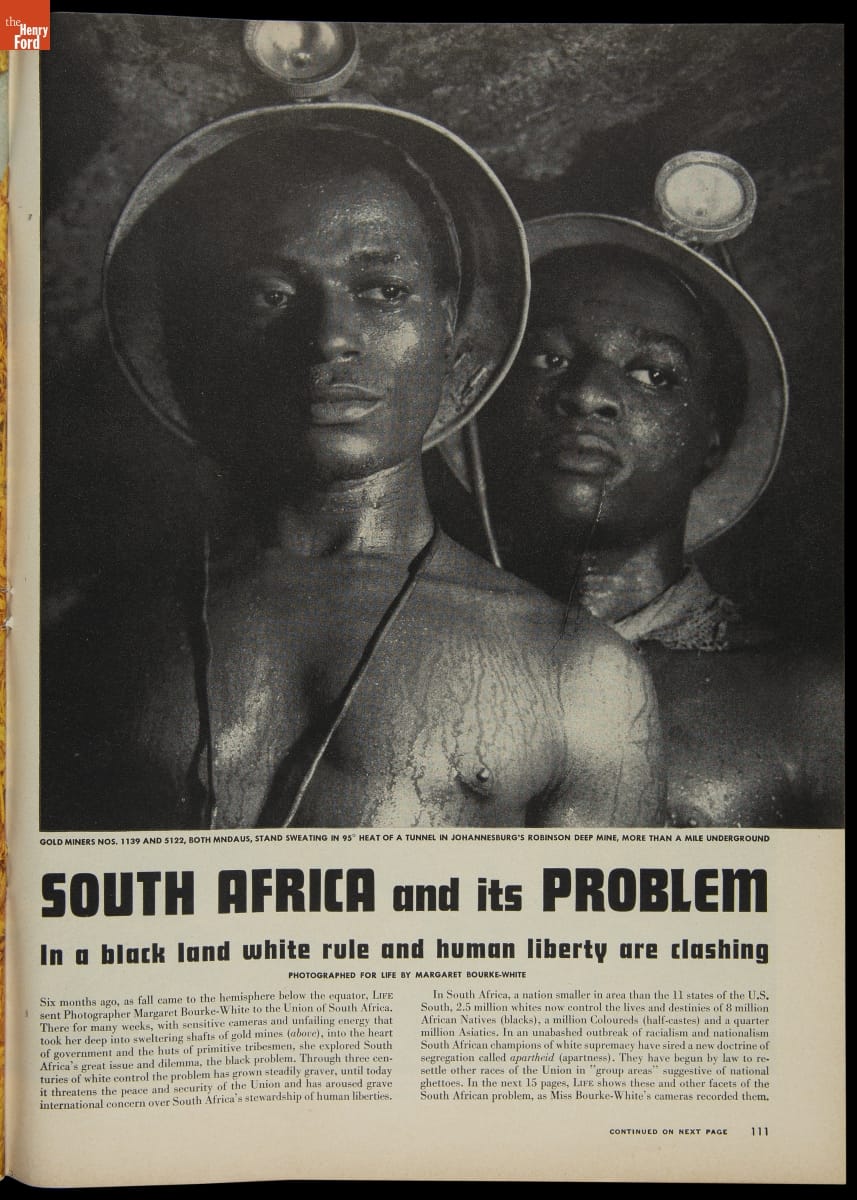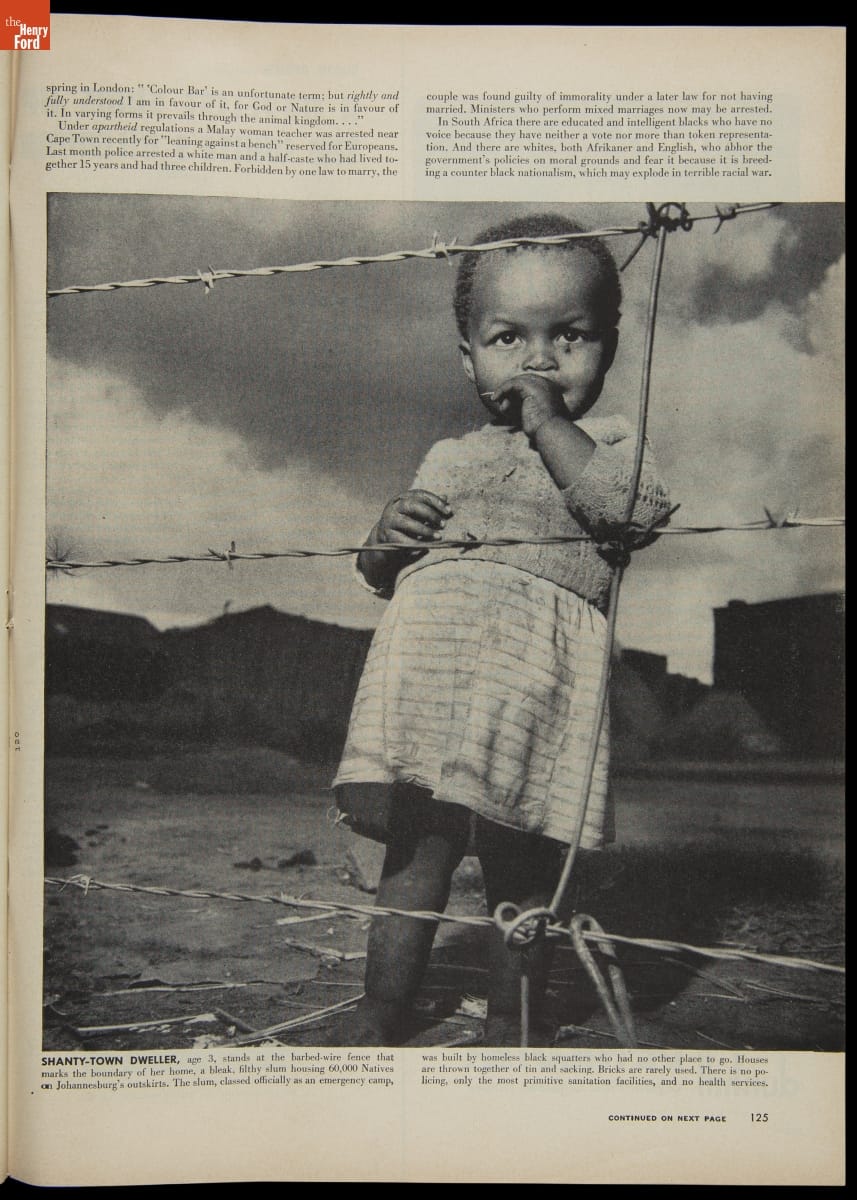Symbols in Simplicity: The Photography of Margaret Bourke-White
Photojournalism at its best has the power to extend beyond being merely documentary; at its finest, it is intended to make the viewer think or feel something about the subject matter. In the early part of the 20th century, photojournalism saw a new boom, and the field was led by innovative photographers — many of them women — with opinions about the subjects they shot. Among these pioneers was Margaret Bourke-White.
Margaret Bourke-White was born on June 14, 1904, in New York City. Her father, Joseph White, was a factory superintendent and inventor with a mind for machinery; her mother, Minnie Bourke, was a homemaker who firmly believed that Margaret should not be impacted by traditional gender limitations. From a young age, Margaret shared her father's interest in the mechanical, while also longing for a career that would offer adventure and excitement. In 1924, she married photographer Everett Chapman, but the marriage dissolved in 1926. After graduating from Cornell University in 1927, she moved to Cleveland to pursue a career in commercial photography.

Worker Polishing a Kettle in the Chemical Laboratory. Photographed by Margaret Bourke-White for Aluminum Company of America (Alcoa), 1930-1934. More of her photos for Alcoa can be found here. / THF711499
In the late 1920s, the promise of industry was still highly romanticized, and Bourke-White’s photography reflected this mood. In 1929, on the strength of her work for the Otis Steel Mill in Cleveland the previous year, Henry Luce hired Bourke-White as the only staff photographer for his new publication, Fortune magazine; in 1930, the magazine sent her to Europe to photograph industrial operations in Germany and the still-young Soviet Union. In 1931, she crawled out onto the lofty gargoyles and narrow ledges of New York City’s Chrysler Building to get better shots of the building and city below. In 1933, automaker LaSalle hired her to shoot its latest advertisements. And in 1934, both Ford Motor Company and the Aluminum Company of America (Alcoa) hired Bourke-White to take photographs and create large photomurals for them. All of these projects showcased the hallmarks of Bourke-White’s work — simple, yet dynamic images that sought to elevate the everyday of industry into something striking, even iconic.

Pouring Molten Aluminum into Ingot Molds. Photographed by Margaret Bourke-White for Aluminum Company of America (Alcoa) and featured in Aluminum Company of America’s Century of Progress International Exposition display, 1934. / THF711505
.jpg)
Some of Margaret Bourke-White's photos seen featured on the central column of Aluminum Company of America Display, Ford Building, Century of Progress International Exposition, Chicago, Illinois, 1934. / Detail from THF213261
Bourke-White's eye for design and simplicity led some to consider her talented only in the photography of objects; this eye, however, would also translate to humanitarian photography, and with great success. In 1936, Henry Luce again hired her as a photojournalist, this time for Life magazine. From then on, her photography would begin to include more and more human subjects.
In 1937, Bourke-White and Erskine Caldwell (her husband from 1939 to 1942) published You Have Seen Their Faces, a pictorial survey of sharecroppers in the American South. During World War II, Bourke-White became America's first official female war correspondent, attached first to the U.S. Army Air Force doing aerial photography, and then the U.S. Army. She would even travel with George S. Patton’s Third Army, including during his tour of the recently liberated Buchenwald concentration camp. From 1946 to 1948, Bourke-White made several trips to India. Her visits — and photography — would manage to coincide with both the 1947 Partition, and Mohandas K. Gandhi’s death in 1948.
In November 1949, Bourke-White traveled on assignment for Life to South Africa. For the next five months, she documented life in the country after the racist, pro-Afrikaner (an ethnic group descended primarily from Dutch colonizers) National Party’s 1948 electoral victory. The result was a set of photo essays. The second essay, titled “South Africa and its Problem,” was published in September 1950. The story offered Americans their first look at what apartheid — the political system that denied Black Africans basic rights and enforced racial segregation across all aspects of society — looked like. Bourke-White's photos, accompanied by a minimal amount of text and captions, offered a staunch condemnation of the racist system.

The opening photograph of Bourke-White's second South African photo essay, appearing in the September 18, 1950, issue of Life magazine. / THF711513
The article’s leading photograph — two Black South African miners photographed while working below ground — uses dramatic lighting and a close, slightly low angle to capture the two men. They stand proud, but their eyes gaze off to the side, seemingly depicting a level of vulnerability. The main body of the article closes with an image of a young Black girl, standing in the dirt behind barbed wire. She gazes out, with her hand at her mouth and a birthmark like a tear under her eye. Both images would create a strong impression on Life’s readership, and would be referenced again and again in media about apartheid.

A girl, age 3, shown in the shantytown where she lived with her family on the outskirts of Johannesburg. From the September 18, 1950, issue of Life magazine. / THF711527
Throughout the photo essay, Bourke-White is unequivocal in her condemnation of apartheid. However, there is a crucial element of life under apartheid that is absent from her depiction — Black South African activism. The text itself also emphasized the role of white South Africans in solving the country’s issues. This one-dimensional portrayal — whether created intentionally, or through the unconscious bias of a white photographer — gave readers an imbalanced view of the South African situation. Bourke-White, however, was more clear about the role of native South Africans in her personal writings; a letter written after the trip mentioned efforts to create racially mixed unions, and her 1963 autobiography describes the “quiet heroism” of some of the Black South African miners she met.
Bourke-White continued her work for Life magazine, including traveling to South Korea during the Korean War. She would soon find her photography hampered, however, by symptoms of Parkinson’s disease, receiving her diagnosis in 1954. Despite her inability to continue as a photojournalist — she would unofficially retire in 1957, and officially retire in 1969 — Life, and the Time Inc. Corporation that owned it, continued to support and encourage Bourke-White until her death from Parkinson’s complications in 1971, at age 67.
Through her determination and daring, Margaret Bourke-White built a legacy that would see her remembered as one of the foremost photojournalists of the 20th century. Her photos have proven to have a timeless appeal, continuing to influence viewers’ opinions not only about the subjects photographed, but also about the woman behind the camera and the times in which she lived.
Rachel Yerke-Osgood is an associate curator at The Henry Ford.

